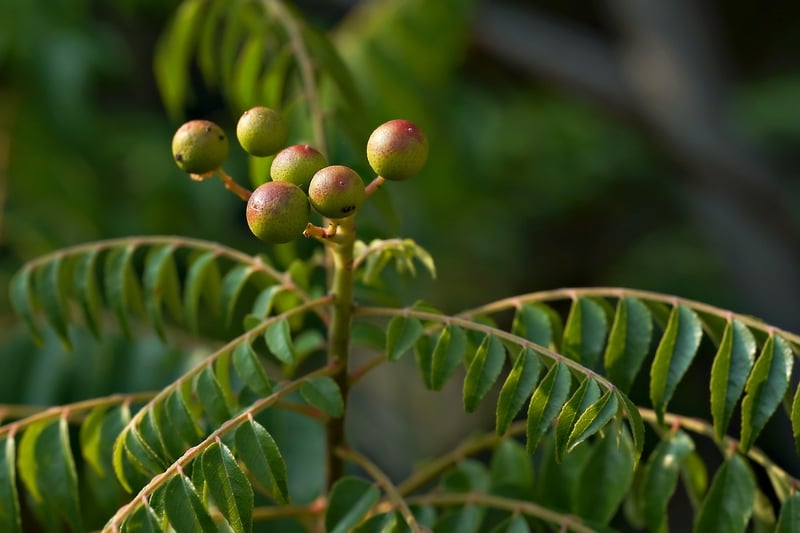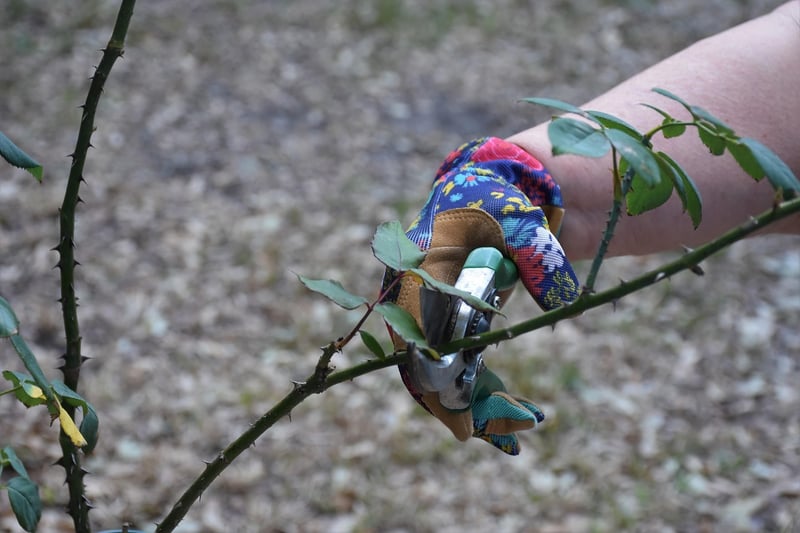Pruning Techniques
Plant Maintenance and Pruning Techniques
Welcome to our guide on plant maintenance and pruning techniques. Whether you are a seasoned gardener or just starting with your green thumb, understanding how to properly care for your plants and when to prune them is essential for their health and growth.
Plant Maintenance Tips
Here are some general maintenance tips to keep your plants thriving:
- Watering: Ensure your plants receive adequate water based on their specific needs. Overwatering or underwatering can harm your plants.
- Light: Place your plants in locations that provide the right amount of light. Some plants require direct sunlight, while others thrive in shade.
- Fertilizing: Feed your plants with the appropriate fertilizers to promote healthy growth. Be mindful of the specific needs of each plant species.
- Weeding: Regularly remove weeds from your garden to prevent them from competing with your plants for nutrients.
- Pest Control: Monitor your plants for any signs of pests and take appropriate measures to control infestations.
Pruning Techniques
Pruning is a crucial aspect of plant care that involves removing specific parts of a plant to promote growth, improve appearance, and maintain plant health. Here are some pruning techniques to consider:
- Deadheading: Removing spent flowers encourages the plant to produce more blooms.
- Thinning: Removing excess branches allows for better air circulation and light penetration.
- Heading Back: Cutting back the tips of branches stimulates new growth.
- Rejuvenation Pruning: Cutting back the entire plant to promote new, healthier growth.
Conclusion
By following these plant maintenance tips and pruning techniques, you can ensure that your plants remain healthy, vibrant, and beautiful. Remember to research the specific needs of each plant species in your garden and tailor your care accordingly. Happy gardening!


For more detailed information on plant maintenance and pruning techniques, you can visit Gardening Know How.
